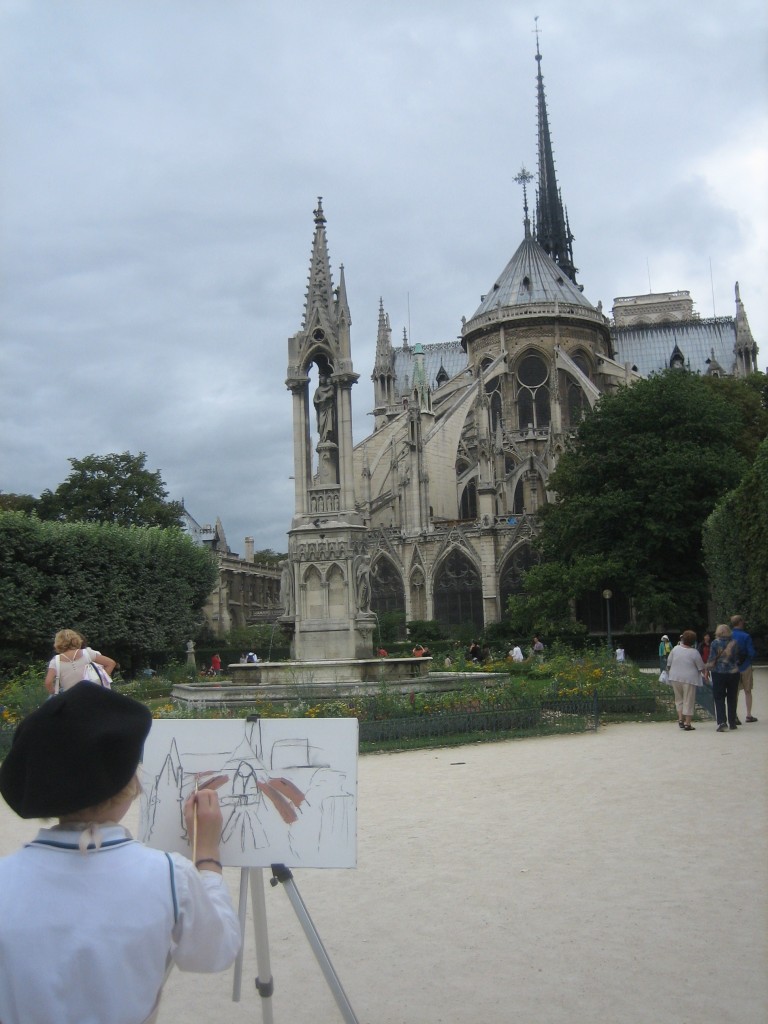 Lincoln is a must-see movie. Steven Spielberg has taken an icon of history and explored him in a largely unknown situation that is sure to bring new insights into the complexities of both the man and the times. Abraham Lincoln is superbly played by Daniel Day-Lewis, whose performance is both disturbing in its believability and mesmerizing in its honest transcendence of the mythology that pervades our knowledge of the 16th President.
Lincoln is a must-see movie. Steven Spielberg has taken an icon of history and explored him in a largely unknown situation that is sure to bring new insights into the complexities of both the man and the times. Abraham Lincoln is superbly played by Daniel Day-Lewis, whose performance is both disturbing in its believability and mesmerizing in its honest transcendence of the mythology that pervades our knowledge of the 16th President.
Lincoln is nominally based on the book Team of Rivals by Doris Kearns Goodwin. While Goodwin’s epic book covers the entire period from Lincoln’s nomination to his assassination, the film focuses entirely on Lincoln’s fight to get the 13th Amendment – which bans slavery – through a contentious House of Representatives. He battles not only the Democrats who opposed the amendment, but the radical Republicans who felt it didn’t go far enough. All the while dealing with the reality that opposition to slavery did not equate with acceptance of full equality in all respects. This distinction plays out in a number of the relationships explored in the film.
Day-Lewis has magnificently captured Lincoln’s long periods of contemplation, ability to remain calm while others around him are reacting to every crisis, and a voice that may catch viewers by surprise but reflects the descriptions of Lincoln’s higher pitch and cadence. Day-Lewis successfully brings Lincoln to life as real person. No less superb is the acting of Sally Field as Mary Lincoln. Field offers us a deeper insight into the highs and lows of the woman who would help Lincoln reach his heights while bearing great burdens of her own.
The rest of the cast is equally stellar. David Strathairn as William Seward, Tommy Lee Jones as Thaddeus Stevens, and Hal Holbrook as Preston Blair all exquisitely add to the dimension of the film. In one scene where Robert Lincoln unexpectedly interrupts a critical discussion between Lincoln and Blair, Joseph Gordon-Levitt’s non-verbal action in a span of a few seconds brilliantly conveys an entire history of the relationship between father and son. Likewise, the expression of Gloria Rueben as Elizabeth Keckley upon hearing Stevens’ speech reminds us that prejudice won’t be erased by a Constitutional amendment. The passions of David Oyelowo as Corporal Clark near the opening of the film bring us into the frustrations of the former slaves who, while fighting for the Union Army at the end of the war, must rely on the political gamesmanship of white men to decide whether they remain free or perhaps are returned to slavery.
The film works on many dimensions depending on your level of knowledge of the times. Some will see a great story being told, others the many layers of depth as the film explores the complex relationships between the major players and the wheeling and dealing that was required to get enough votes for passage of the amendment. Still others may see the parallels to our current situation.
I highly recommend everyone see this movie. You won’t regret it.
[Update: Lincoln received 12 Oscar nominations on January 10, 2013!]
More on Abraham Lincoln.
Don’t forget to subscribe to the posts by email on the home page. And feel free to “Like” my Facebook author’s page and connect on LinkedIn. Share with your friends using the buttons below.











